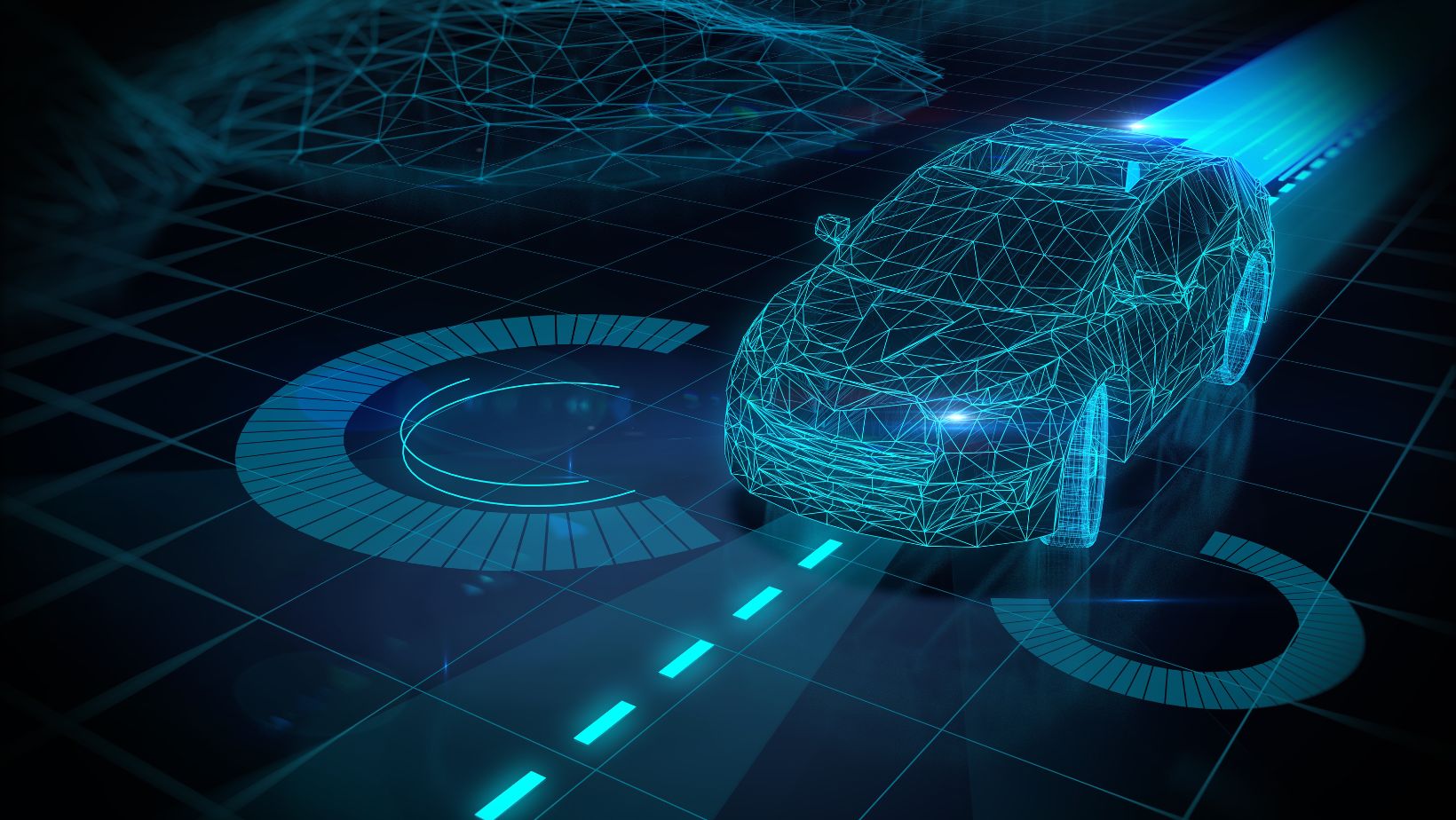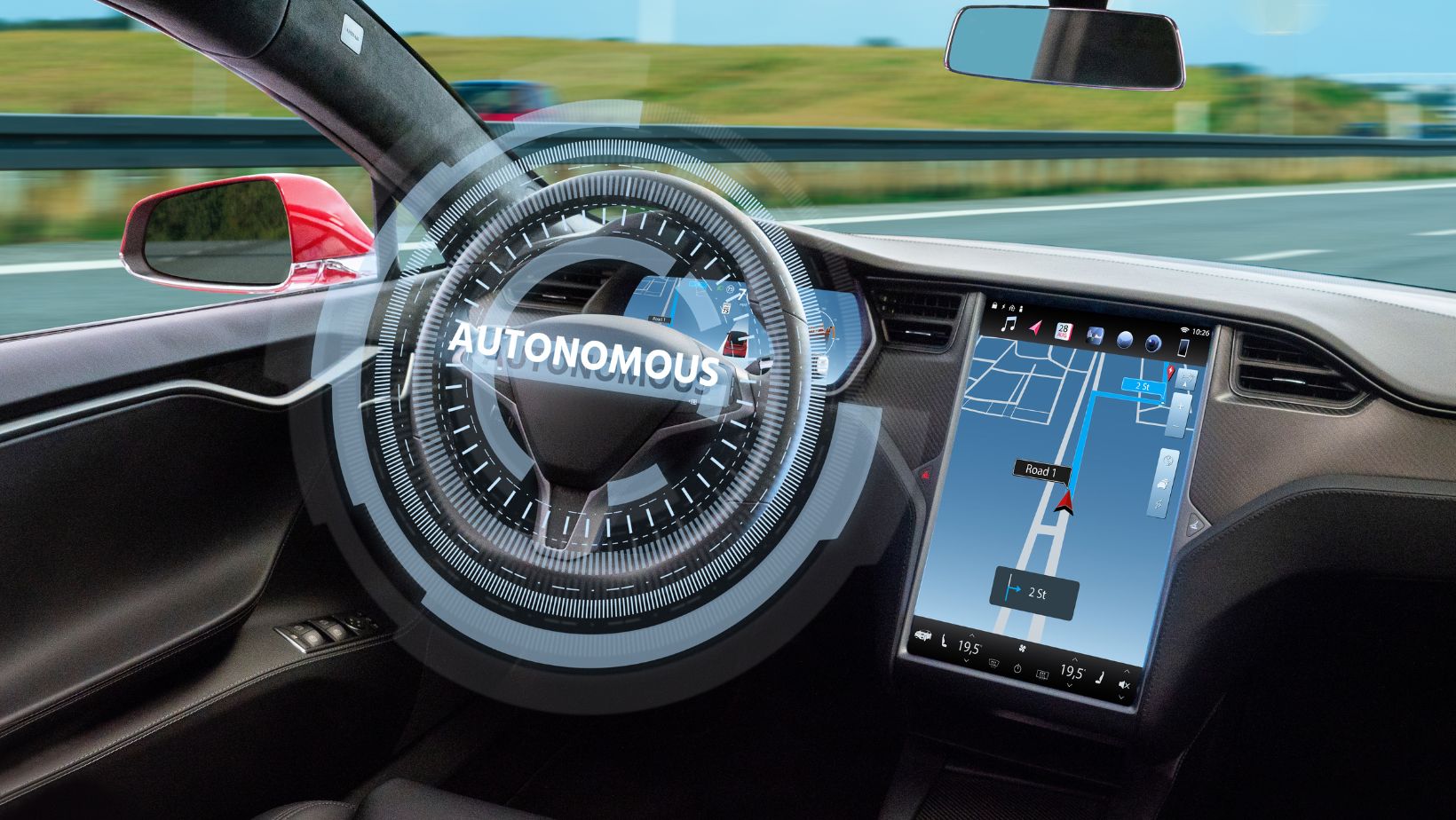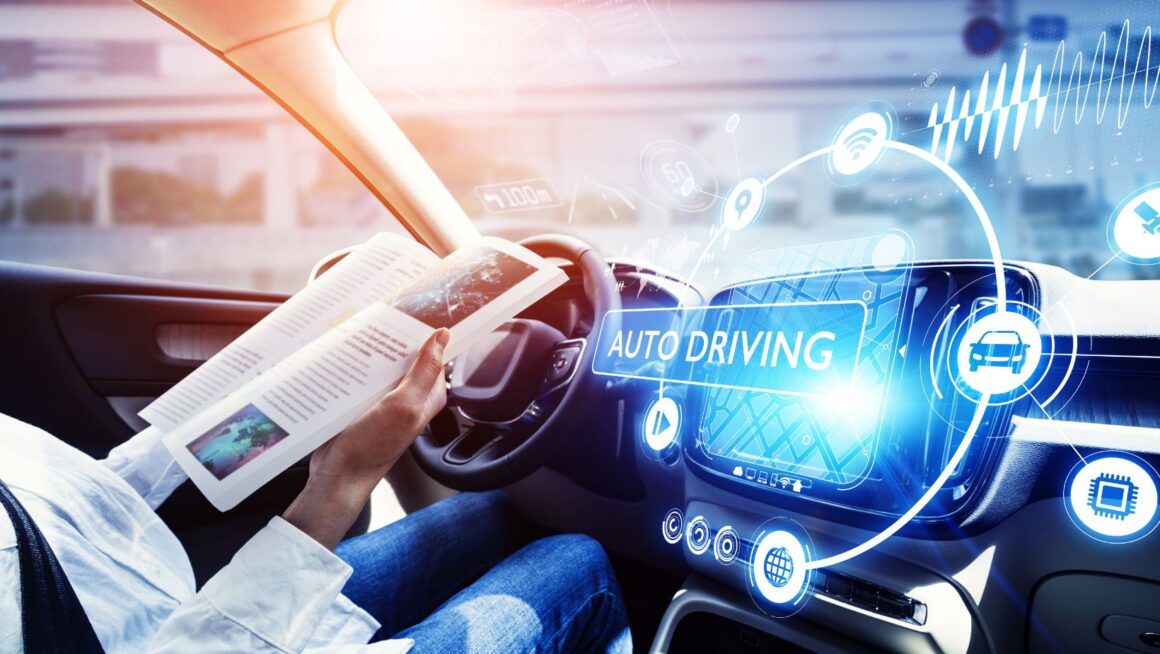Introduction
Self-driving cars once felt like science fiction. Now, thanks to rapid advances in artificial intelligence and machine learning, they’re becoming a reality. Behind all the high-tech sensors, real-time decision-making, and cutting-edge design lies a less flashy, but absolutely essential component: data labeling. Specifically, autonomous vehicle data labeling is what helps these smart machines “see,” understand, and safely navigate the world around them. In this article, we’ll break down what data labeling is, why it’s so important, and how it’s shaping the future of autonomous vehicles.
What Is Data Labeling in the Context of Self-Driving Cars?
At its core, data labeling is the process of tagging or annotating data—usually images, video, or LiDAR scans—so that a machine learning model can understand what it’s looking at. For self-driving cars, this means labeling things like pedestrians, traffic lights, lane markings, stop signs, and other vehicles.
Imagine a car’s camera captures an image of a busy street. On its own, that image is just raw data. But with labels added, the AI can distinguish a cyclist from a pedestrian, recognize a red light, or determine where the lane ends. This helps the vehicle make informed decisions in real-time.
Why High-Quality Labeling Is Crucial for Safety
Self-driving cars operate in environments that are constantly changing and full of unpredictable elements. The smallest labeling error—like misidentifying a stroller as a signpost—can lead to major safety risks. That’s why accuracy in autonomous vehicle data labeling is non-negotiable.
High-quality labeled data allows the car’s perception system to correctly identify objects and interpret scenarios. This directly impacts how the vehicle reacts: whether it slows down, stops, changes lanes, or navigates around an obstacle. In essence, data labeling acts as the “training wheels” for a self-driving car’s learning process. Without it, the AI would be driving blind.
Types of Data Labeling Used in Autonomous Vehicles
There isn’t just one type of data labeling. Depending on the sensor input and what the car needs to learn, a variety of annotation techniques are used:
- Bounding Boxes: Used to enclose and identify objects like cars, pedestrians, and traffic signs.
- Semantic Segmentation: Assigns a label to every pixel in an image for detailed scene understanding—useful in identifying road surfaces or sidewalks.
- 3D Point Cloud Labeling: LiDAR data is labeled in three dimensions to give depth perception and spatial awareness.
- Polyline Annotation: Helps mark lane lines and road edges.
- Instance Segmentation: Like semantic segmentation but distinguishes between multiple instances of the same object (e.g., three separate pedestrians instead of just “pedestrian”).

All these labeling types come together to help build a holistic, real-time view of the world for autonomous vehicles.
The Human Element Behind the Machine
Despite being a high-tech process, a lot of data labeling is still done by humans. Trained annotators spend countless hours carefully tagging images and sensor data to make sure everything is labeled correctly. Even with advances in auto-labeling and AI-assisted tools, the human eye is often needed to catch nuances that machines might miss.
Some companies outsource this work to specialized labeling services, while others build in-house teams to handle sensitive or proprietary data. Either way, quality control measures are essential—this includes multiple reviews, audit checks, and feedback loops.
The Road Ahead: Automation, Ethics, and Scaling Up
As autonomous vehicle development scales up, so does the need for labeled data. Millions of miles of driving footage must be annotated to train and test models effectively. This has led to growing interest in semi-automated and AI-assisted labeling tools that speed up the process without compromising on accuracy.
There are also important ethical considerations. For example, who ensures the labeling doesn’t reflect human bias? What happens when a car must make a decision in a morally gray scenario, and how does labeled data influence that? These questions are becoming increasingly relevant as we rely more on AI to make decisions in the real world.
Conclusion
While it may not get the same attention as flashy hardware or futuristic design, autonomous vehicle data labeling is the unsung hero of self-driving technology. It provides the foundation for perception, decision-making, and ultimately, safety. As vehicles become more autonomous, the role of accurate, scalable, and ethical data labeling will only grow in importance.

From labeling a pedestrian crossing the street to mapping out a complex intersection in 3D, this work enables cars to not only drive—but to drive smart. And as the industry continues to evolve, so too will the tools and techniques used to teach machines how to see the world.

